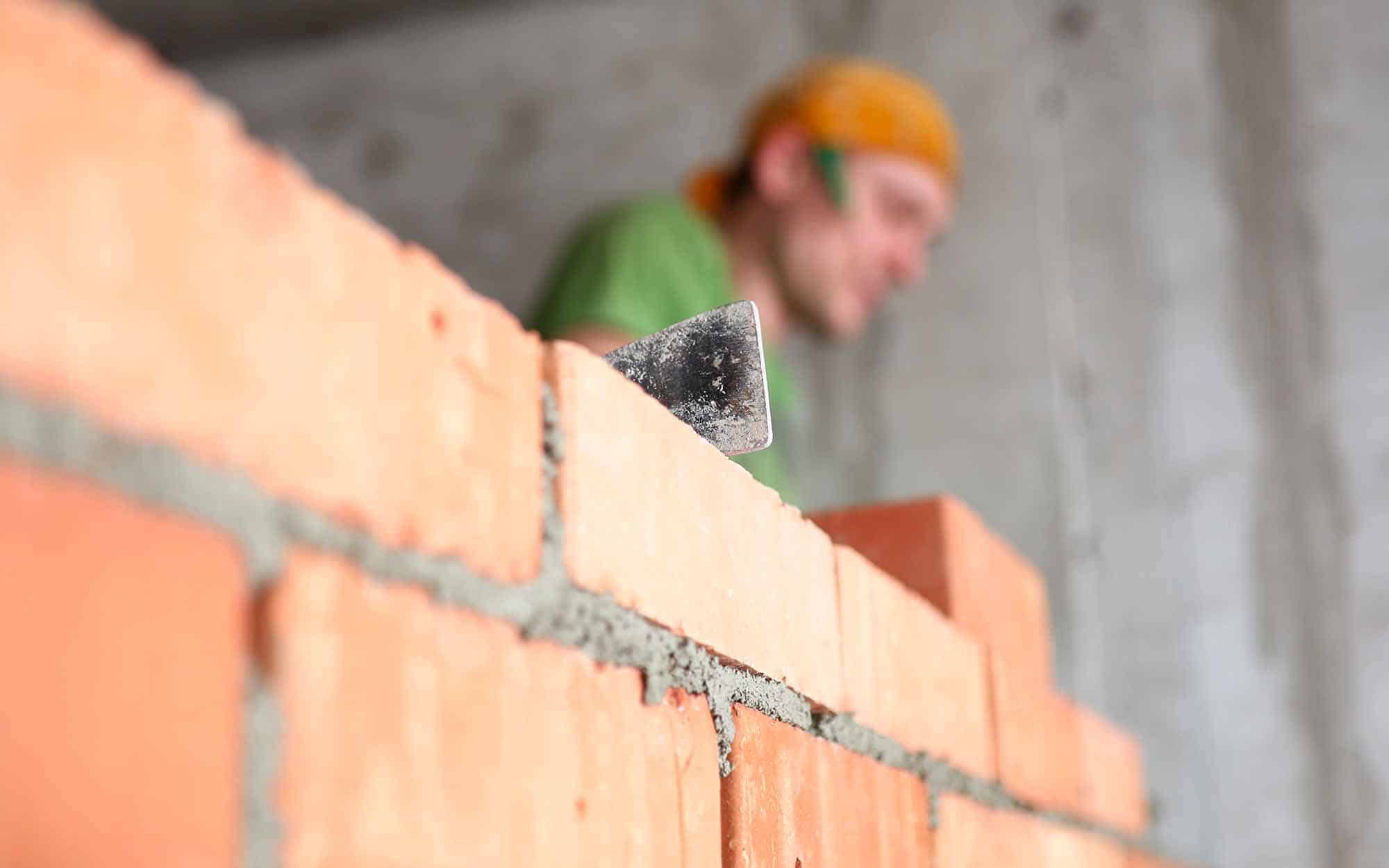Opening the Keys of Lasting Masonry Construction Practices for Eco-Friendly Buildings
Among the myriad strategies to environment-friendly structure, sustainable stonework building stands out as a reliable and long lasting approach that holds a wide range of untapped possibility. From the option of materials to innovative building and construction methods, the secrets to accomplishing sustainability within stonework building and construction are multifaceted and fascinating.
Benefits of Lasting Masonry Building
Accepting sustainable stonework construction practices not only decreases environmental impact but likewise supplies long-term economic advantages to home builders and communities. By using products like recycled bricks, blocks, and rocks, building contractors can dramatically lower the carbon footprint of their jobs while promoting source performance. Furthermore, sustainable masonry building and construction strategies, such as correct insulation and thermal mass homes, can improve energy efficiency within buildings, causing minimized operational prices gradually.
Furthermore, the sturdiness and resilience of stonework structures add to lasting financial benefits. Buildings built using lasting masonry practices often call for much less repair and maintenance, converting to set you back financial savings for builders and residential or commercial property proprietors. The longevity of stonework materials likewise ensures that frameworks stay stable and safe and secure, minimizing the requirement for frequent improvements or replacements.
Eco-Friendly Stonework Materials
Making use of environmentally friendly stonework materials is a crucial step towards boosting the sustainability of building and construction practices and reducing environmental impact while optimizing long-lasting financial advantages. Lasting stonework materials are sourced, generated, and made use of in a way that minimizes general environmental impact. Sustainable concrete obstructs include recycled accumulations and may include better insulation residential properties, contributing to energy efficiency in buildings.
Furthermore, natural materials like adobe, rammed planet, and straw bales provide superb thermal mass buildings, minimizing the requirement for heating and cooling down energy. These products are commonly locally readily available, advertising regional economies and decreasing transportation-related carbon emissions. By choosing environmentally friendly masonry products, construction tasks can considerably minimize their environmental footprint and add to the development of healthier, more lasting constructed environments.
Energy-Efficient Stonework Techniques
Energy efficiency plays a vital duty in enhancing the sustainability of masonry building techniques. One crucial energy-efficient stonework technique is the usage of thermal mass, which entails incorporating thick products like concrete or block into the building's structure to absorb and store warm.

Innovations in Lasting Stonework
Current innovations in lasting stonework techniques have produced ingenious techniques that are improving the building sector. One such innovation is the growth of self-healing concrete, which utilizes microorganisms embedded within the concrete to recover cracks autonomously. This development not just decreases maintenance costs yet additionally enhances the durability of masonry frameworks, contributing to their sustainability.
One more noteworthy innovation is using recycled accumulations in masonry construction - masonry contractor. By including materials such as crushed ceramic waste or recycled glass right into concrete blends, home builders can reduce the environmental impact of building and construction jobs while maintaining architectural integrity. This technique not just diverts waste from land fills however also saves natural deposits, making it an essential improvement in lasting masonry building
In addition, the combination of electronic layout tools, such as Building Info Modeling (BIM), is changing the way masonry structures are prepared and built. BIM permits for more specific calculations, lowered product wastage, and improved energy efficiency, ultimately bring about more sustainable structure practices. These advancements jointly represent an encouraging future for lasting stonework building and construction in the period of eco-friendly buildings.
Future Trends in Masonry Sustainability
With the innovative strides made in sustainable masonry methods, the future patterns in stonework sustainability are poised to additional transform the building market. One of the essential patterns forming the future of stonework sustainability is the enhanced combination of modern technology. Advancements such as Building Info Modeling (BIM) and online fact simulations are being used to enhance masonry building and construction processes, causing decreased material waste and improved power effectiveness in buildings.
Additionally, the development of unique lasting materials is set to play a significant duty in boosting patio installation the eco-friendliness of stonework building. masonry contractor. Innovations like self-healing concrete, recycled accumulations, and bio-based binders are obtaining traction for their ability to minimize ecological effect while maintaining architectural stability

Conclusion
To conclude, sustainable stonework construction methods supply various advantages for eco-friendly buildings. By making use of environmentally friendly products and energy-efficient techniques, stonework can add to an extra sustainable built atmosphere. Advancements in lasting stonework are continuously being established to additionally boost the ecological efficiency of buildings. Looking in the direction of the future, the trend of masonry sustainability is anticipated to grow, leading to even more ecologically friendly and energy-efficient building techniques in the years ahead.